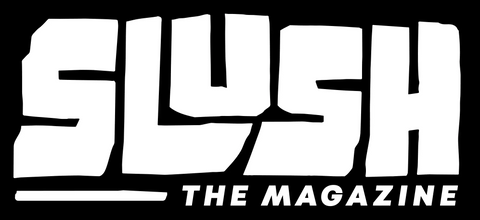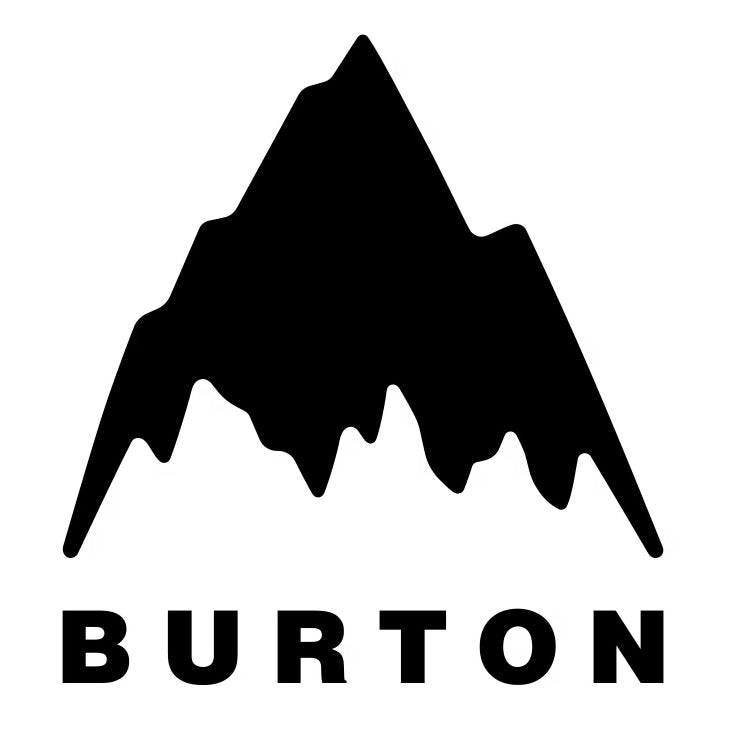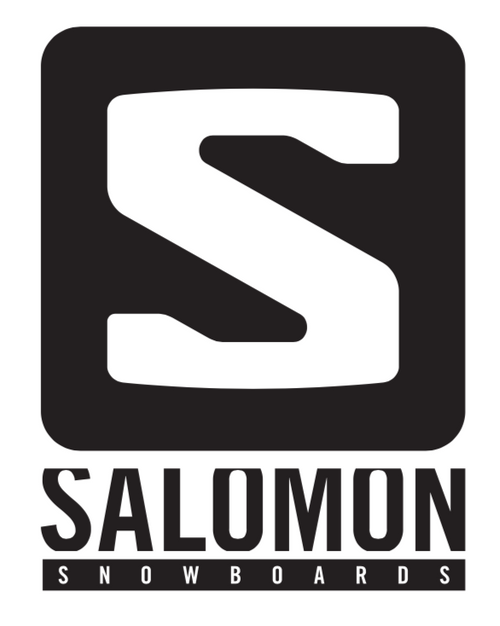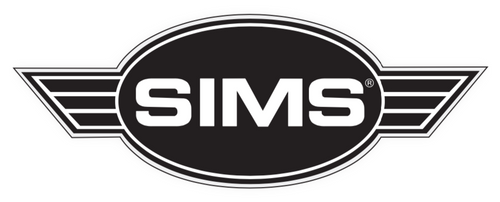
Tariffs exist now as some vague albatross, a gnawing pain that refuses to be diagnosed. Instead of specific percentages on specific industry sectors targeting specific countries, the current tariff policy is more reminiscent of a grenade: something to toss out into the battlefield that you hope hits your target. Of course, this makes dealing with the issue of tariffs far more complicated. For every country—excluding China—the tariffs imposed on April 2nd, 2025 have been cast aside for 90 days, replaced by only a 10% tariff. Tariffs on China, on the other hand, have risen to a jaw-dropping 145%. That number stayed for a little over a month, scaring both the stock market and business owners alike. On May 12th, 2025, President Trump signed another 90 day pause, lowering the number from 145% down to 30%.
Snowboarding is an industry that exists not only in the margins but also globally. It is not an “American” sport. Although it was invented in America, it has grown far beyond the borders of any country. Canada snowboards. Russia snowboards. Japan, Norway, South Africa, Chile, Iceland, Sweden, Spain, and countless other countries snowboard. China snowboards.
China is more than a growing market for our sport, it’s arguably the largest producer of snowboard goods. Walk into any snowboard shop and take a look at the tags. The majority of the products you see—both hard goods (snowboards) and soft goods (clothing)—will be made in China. And if the final product itself wasn’t manufactured in China, odds are that most of its part and pieces were. This means that “made in America” companies like Mervin and Neversummer could still be affected by tariffs.
Before the election, I wrote an opinion piece in this magazine about the potential danger of Chinese tariffs on the economy of snowboarding. That was in October and the number being floated around then was a seemingly astronomical 60%.
“If it went up to 60%...there’s not a snowboard company out there today that can eat that kind of margin and still remain profitable,” Jeff Richards, the U.S. Brand Manager for several companies including Nitro Snowboards and L1 Outerwear, told me back then. While the theoretical 60% tariff may have seemed hyperbolic last fall, the current figures being implemented are much more egregious.
In the months that followed, the Chinese tariffs more than doubled and peaked at 145%—an unsustainable number by all accounts—before a 90-day pause in early May took the number down to 30%. But a pause is not policy. Although our Commander in Chief has stated that even in the event that the current negotiations don’t meet the 90-day deadline, tariffs on China aren’t likely to jump back up to 145%. But there is uncertainty, and the long-term viability of tariffs—any tariffs—is making it difficult for businesses to plan for the future.

“It’s so excessive that it’s laughable,” Brad Alband, founder of Autumn Headwear, said. “If it would have been like 25%, it would be enough where I’d be like, Shit, we need to figure this out right now. But because it’s 145%, and it’s this laughable number, I’m…I can’t even think that hard on it because that’s not the real number it’s going to end up being.”
And while the number has dropped down to 30%—still a painful reality to face for businesses—it’s hard to look ahead because the future is so uncertain. “There’s no long-term planning,” Alband told me. It’s a difficult reality to face, especially considering snowboard brands are the open spigot, a riverhead that supplies nearly every other aspect of snowboarding. If brands can’t know what six months from now looks like, then riders, shops, and even media exist in a similar grey area. Snowboarding is expensive, and when a brand doesn’t know its budget—whether it be for riders or marketing—then the world around it waits in limbo too. If a brand doesn't know how much product will be going forward, then it will be hard for shops to place orders. When so much of snowboarding is uncertain: Will it snow? Will I get injured? Will I even have a job so I can afford to snowboard? It’s important to have a solid foundation to keep equilibrium. Right now, that doesn’t exist.
Through the uncertainty, though, a constant does emerge: price increases. It’s an inevitability. For companies outside of China, 10% tariffs are tentative at best. The first 90-day pause will be up in July and, if things go back to the way they were, countries like Vietnam and Taiwan—nations where nearly all the remaining snowboard products are made—could see tariffs between 40 and 50%. This would almost certainly lead to a price disparity in snowboarding, the likes of which have never been seen before. In the past, the prices of snowboard goods could be described as a bell curve. Yes, there were higher-end products and more bargain-friendly products on the tail ends of the curve, but for the most part, prices were generally in tandem—hypothetically, a Ride snowboard doesn’t cost $300 more than an Arbor snowboard. The prices were more or less comparable. This will likely change. Arbor boards are made in the United Arab Emirates—a place where, even before the pause, tariffs were only 10%. Ride snowboards are made in China. While exact numbers on China are unclear, the price gap between these boards will grow considerably.
If July—August for the second 90-day pause—comes and goes and we see negotiations on countries that aren’t China, but no movement on Chinese tariffs, the disparity among prices will be noticeable. Companies like K2 and Vans, which own factories in China, will have a harder time moving production. Those companies will see far larger price increases than a company that gets products made in Vietnam or in Taiwan, or anywhere else, for that matter. On top of that, companies have to decide whether the cost of paying the tariffs will outweigh the cost of moving. Donald Trump is in his second term in office, and there’s no telling how the next administration will handle trade policy. Companies are now asking themselves whether the juice (costs) will be worth the squeeze (moving) since domestic factories take years, plural, to open. And domestic manufacturing isn’t a complete safeguard against tariffs, since individual parts coming from abroad will still be taxed.
It would be irresponsible to lay specific predictions in such an uncertain time, so broad speak will have to do. Price increases are coming. By how much depends on the politics of an administration that has already proven itself unable to stick to specific policy. There is no long-term planning, only speculation and potential contingency plans. Very few people inside the snowboarding industry were willing to go on the record for this article. However, off the record, people are scared. People are confused and trying to process a situation that never stays stable enough to truly digest. But price increases are coming. And the thing about prices is, once they’re up, they don’t really go down. People just adjust, and over time, the new normal just becomes normal.



















